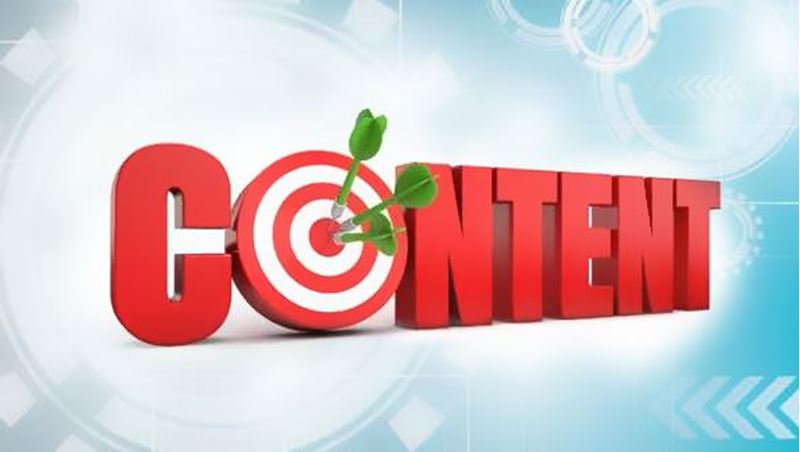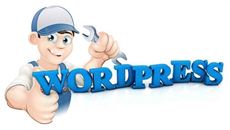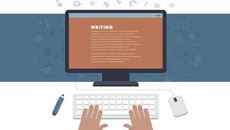- Delivery Method Online
- Professional Certificate
- 24hrs Suggested Study Time
- 3 Months Access
- Tutor Support
- Study On Any Device
- 83 Students
Write Effective Web Content

Learn how to write Web content and produce multimedia elements to make your website or blog a must-visit site on the Internet.
Is your Web content as effective as it could be? Would you like more visitors—more sales—and better search rankings? In this course, you'll gain tips for crafting content to make your website or blog into an exciting multimedia place for visitors.
You'll learn how to develop a website writing style that speaks to your readers' needs and ensures that your content is clear and easy-to-understand. We'll explore ways your Web copywriting can convey the right ""feel"" through your content, how to get conversations going with your visitors, and how to organise your content to produce better search engine rankings and happier readers.
But today's Web is about a lot more than words. You'll also explore all kinds of multimedia from images to infographics to slideshows to screencasts, as well as ways to encourage interaction with your readers, such as polls, surveys, and quizzes.
Finally, we'll examine ways to make your online copywriting appear as professional and authoritative as possible. By the end of this course, your content will be well on its way to rising to the top of the billions of pages on the Web!
Courses are delivered to you through expertly executed lessons, online instruction and interaction with like-minded students. Our courses are designed to deliver all of the benefits of studying in a classroom whilst giving you the flexibility to study at a time and place to suit your needs. You can access your classroom 24/7 from any device with an internet connection.
This course has a 3 month duration. You'll complete comprehensive lessons, quizzes and assignments before submitting your final exam at the end of the course to achieve your certificate. Courses must be completed within the 3 month access period.

Linda Aksomitis
Linda Aksomitis has a master's degree in adult vocational/technical education, with a minor in English. She has published 25 books for readers of all ages (fiction and nonfiction), including numerous e-books, and she has a few thousand publication... Read more
Read Linda Aksomitis's ProfileFrequently Asked Questions
The Learning Environment
From the moment that you enrol in the Write Effective Web Content you will become an integral part of our learning community. You'll find yourself with the freedom to learn at a speed that suits you, on any device, from anywhere in the world. Achieving your career goals no longer has to mean compromising family and work commitments.
Our Values
Learn At Your Own Pace
We believe in personalised learning. That's why we provide all the tools and support you need to succeed at your own pace. With flexible learning, you'll stay motivated and retain more information. Plus, you can balance your studies with work and family commitments to make your dreams a reality.
We Won't Break The Bank
Education should be accessible to anyone who wants to learn. That's why we offer some of the most competitive prices in the industry with payments plans for just $25 per week. Investing in your future is a smart choice and doesn’t have to break the bank.
Industry-Led Courses
There's no better way to learn than from experts with years of experience in your field. That's why each of our 200+ industry-led courses are designed to give you a real-life perspective on your industry. With our expert mentors, you'll learn from people who have a wealth of knowledge and experience, and who are passionate about sharing it with you.
Get The Personal Support You Deserve
At Vibe Learning, we're real people who are dedicated to providing you with personal support every step of the way. Our industry experts are not only professional and knowledgeable but also incredibly passionate about sharing their expertise with you. With their guidance, you'll gain invaluable insights and practical knowledge to help you succeed.
Still looking?
Check out the following courses related to Write Effective Web Content:





